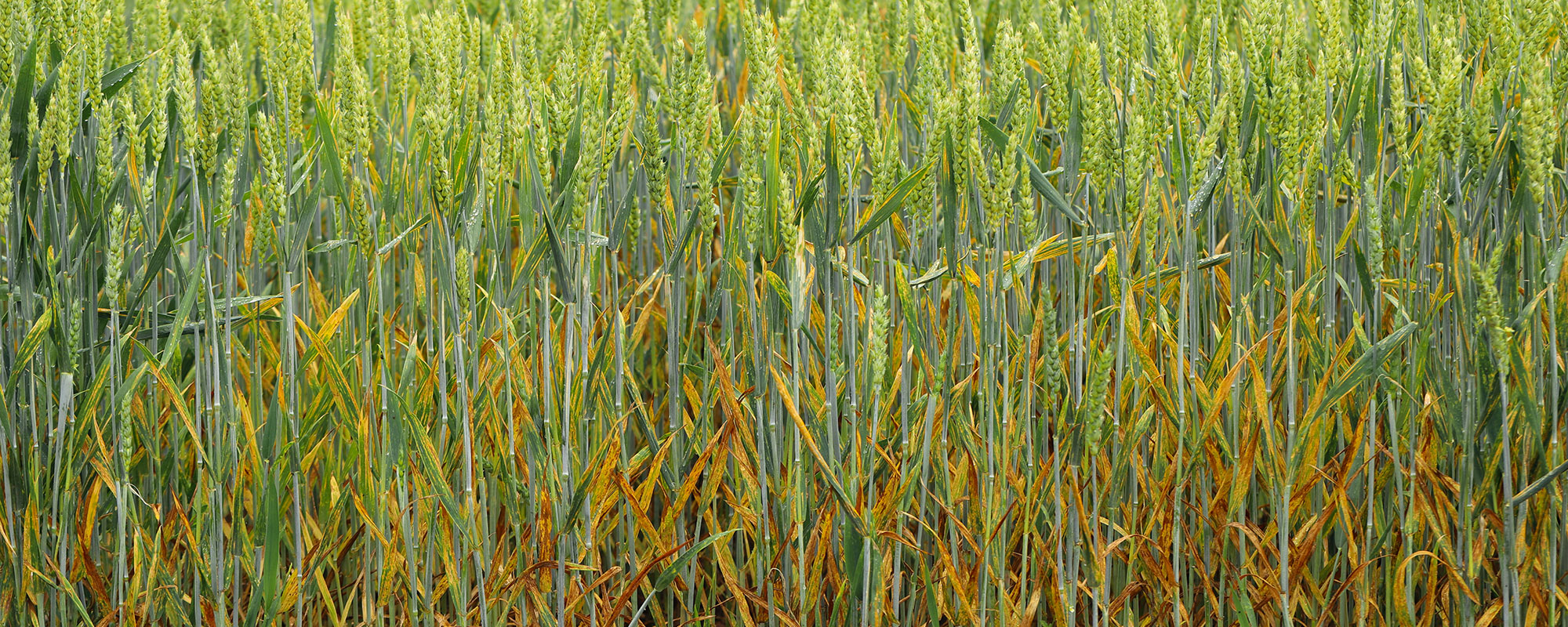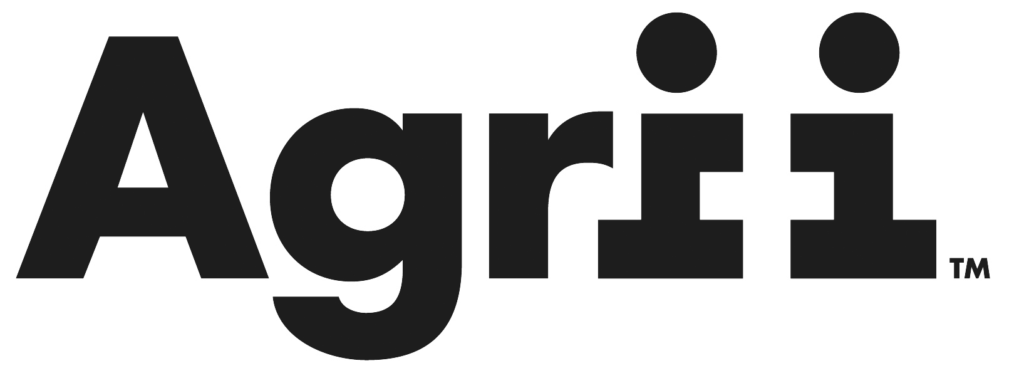
John Miles, Agrii seed technical manager, tells you what the AHDB’s yellow rust watch list really means
Not all wheat is created equal; unfortunately, some are more unequal than others. At the end of February, the AHDB updated its yellow rust watch list. This basic document lists the winter wheat varieties on the Recommended List (RL) and their yellow rust resistance score. It categorises the varieties into three groups according to their deemed resistance status: high, medium and low, although it is difficult to determine where one group ends and another starts. Nor are you told that the list is, in actuality, a ranking that negates the need for the corresponding RL score.
Assuming you were able to discern this vital detail for yourself, you might ask why varieties with a high score are ranked towards the bottom of the list alongside those widely acknowledged to have poor yellow rust resistance.
The changes owe much to the intense disease pressure of the 2024 season which exposed those varieties with truly poor resistance. It also highlights a failure of official trials, namely that averaging performance across five seasons is not an appropriate basis for describing a variety’s yellow rust (or brown rust) resistance.
The varieties most heavily affected by the latest assessment are recent additions to the RL – and all have respectable yellow rust ratings. The highest yielding hard feed, KWS Scope, which was added to the RL with a yellow rust score of 6.8, now sits just above the low resistance group of Skyfall, SY Insitor and KWS Zyatt – all of which have a score of 3 and might otherwise be described as ‘dirty’.
Other new varieties are similarly affected. The biscuit wheats KWS Solitaire and KWS Flute, with official scores of 8 and 6 respectively, sit immediately above KWS Scope towards the bottom of the medium category. The significance of this fall should not be overlooked.
In what could be seen as kudos for Agrii, the new rankings reflect the yellow rust scores given on the Agrii advisory list – Agrii has scored KWS Scope’s yellow rust resistance at 2.7. This is an endorsement of our methodology and the value our trials provide to growers.
The publication of the watch list will not result in the 2025 Recommended List being reissued, but just as rivers don’t flow uphill, the scores for these varieties will not improve. Growers and advisers can expect to see changes to the official scores when the 2026 list is published in December.
To some observers, the new rankings might appear to be unreflective of a variety’s true disease resistance, but in reality, some varieties were never as strong as official trials suggested, especially in the north and east.
Agrii is fortunate to have a network of national trials, which means we see how varieties perform over seasons, across the regions and under commercial agronomy regimes. The insight these trials provide means we and our growers avoid nasty surprises in a difficult season. Others are less fortunate.
Agrii’s new varieties to watch out for this autumn
The new recommended list has seen a raft of new varieties, and with older farm-favourites due to leave the next RL, Agrii’s technical manager, David Leaper, shares his top picks with The Journal.

Come and see us
Make sure you get to an iFarm demo or the Agrii Cereals stand to take a look first-hand and hear from Agrii’s variety experts.



